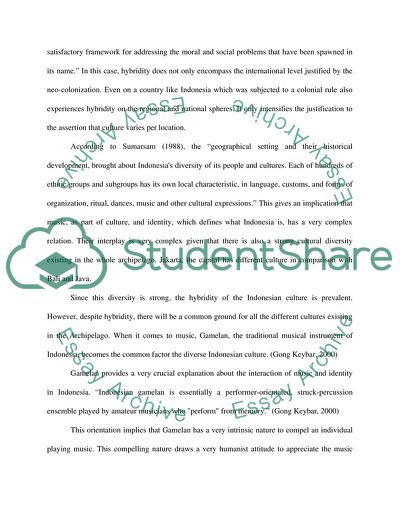Cite this document
(Essentials of Indonesian Music Culture Essay Example | Topics and Well Written Essays - 2250 words, n.d.)
Essentials of Indonesian Music Culture Essay Example | Topics and Well Written Essays - 2250 words. https://studentshare.org/music/1757493-asian-studyindonesian-musical-cultures
Essentials of Indonesian Music Culture Essay Example | Topics and Well Written Essays - 2250 words. https://studentshare.org/music/1757493-asian-studyindonesian-musical-cultures
(Essentials of Indonesian Music Culture Essay Example | Topics and Well Written Essays - 2250 Words)
Essentials of Indonesian Music Culture Essay Example | Topics and Well Written Essays - 2250 Words. https://studentshare.org/music/1757493-asian-studyindonesian-musical-cultures.
Essentials of Indonesian Music Culture Essay Example | Topics and Well Written Essays - 2250 Words. https://studentshare.org/music/1757493-asian-studyindonesian-musical-cultures.
“Essentials of Indonesian Music Culture Essay Example | Topics and Well Written Essays - 2250 Words”. https://studentshare.org/music/1757493-asian-studyindonesian-musical-cultures.


